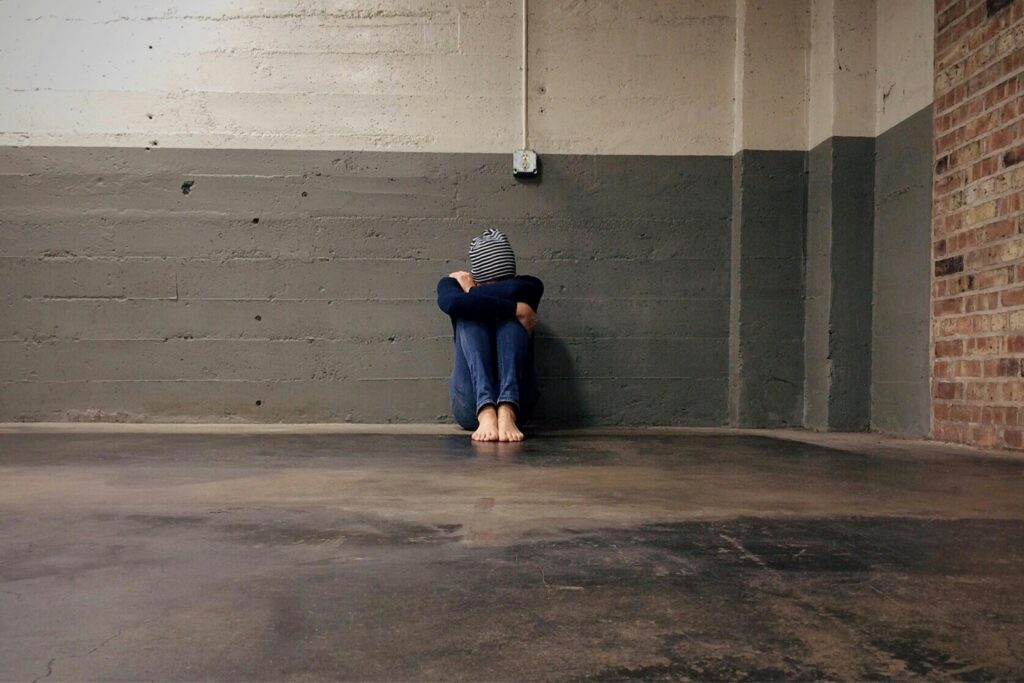Published On: 3 October, 2023
Narmada Bachao Andolan vs Union of India and Ors
Citation: Narmado Bacho Andolan vs Union of India and Others 2000 (10 S.C.C. 664).
NATURE OF THE CASE:
The case is related to an environmental and human rights movement which is done by the people of Rajasthan, Madhya Pradesh, and Gujarat against the government that constructed the large dams on the Narmada River.
The case relates to the distribution and use of water from the Narmada River between the states mentioned above.
FACTS OF THE CASE:
In this case, was stemmed from the construction of the large dams on the Narmada River. There was a dispute between the states regarding the control and distribution of water between the states i.e. Rajasthan, Gujarat, and Madhya Pradesh. In 1994, a writ petition was filed against the construction of the Sardar Sarovar Dam by the petitioner, who is an anti-dam organization. The dam is constructed for the utilization of water resources for the generation of electricity or various other purposes. The construction of the dam was challenged by the writ petition as a result the construction of the dam was delayed. The Supreme Court used the doctrine of separation of power and opinion as a result the construction of the dam was stopped due to the lack of environmental clearance and extensive dislocation of habitation etc.
ISSUE:
- Is the clearance of the environment and rehabilitation of people due to the construction of the dam legal or not?
- Are people in the area who are affected by dam construction compensated by the Government organization or not?
- Whether the conditions are complied with on the construction of a dam which is imposed by the Ministry of Environment.
LAW INVOLVED:
- Indigenous and Tribal Population Convention, 1957(ILO) Convention no107: this convention says that the population shall not be transferred or removed without their consent except by the national law and regulations.
- Article 21 of the Indian Constitution: article 21 of the Indian Constitution talks about the protection of life and personal liberty of the individuals of the territory.
- Section 4 of the Interstate Water Dispute Act, 1956: It says that any water dispute in request to section 3 of the same act upon which central government cannot settle the dispute by the negotiation then notice shall be issued to the water dispute tribunal for the adjudication of the dispute.
- Section 3 of the Environment Protection Act: section 3 of the said act gives the power to the central government to take measures to protect and improve the environment.
ARGUMENTS OF THE LAWYERS:
Appellant side:
- At that time proper studies were not there so the clearance of the environment was without proper application hence the construction of the dam should not be allowed.
- There should be the appointment of independent agencies to the environmental cost to take the steps.
- The catchment area treatment program was still incomplete and should have been done before reservoir filling.
Respondent side:
- There should be a review of the decision of the courts and the administrative function.
- If the height of the dam is low it causes the generation of electricity.
- The govt. was deeply concerned with the environmental aspects, as visible from the letters and documents.
Conclusion:
The Narmada Bacho case was related to the water dispute between the states regarding the control of the water and the construction of the dam on the Narmada River. This causes the rehabilitation of the affected area people. In the dispute, the apex court utilized the legitimacy of the Supreme Court and took measures according to the situation. However, the task was postponed as a result the construction of the dam was stopped till 2006.



